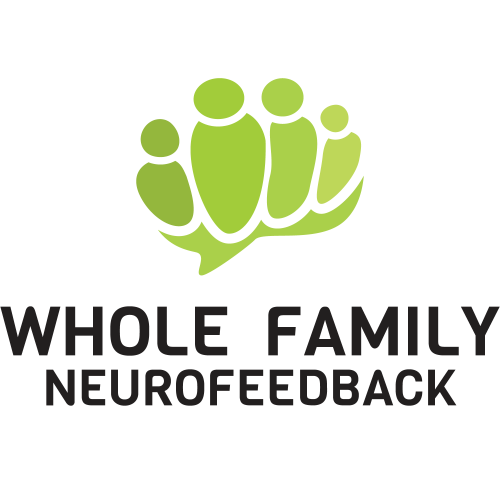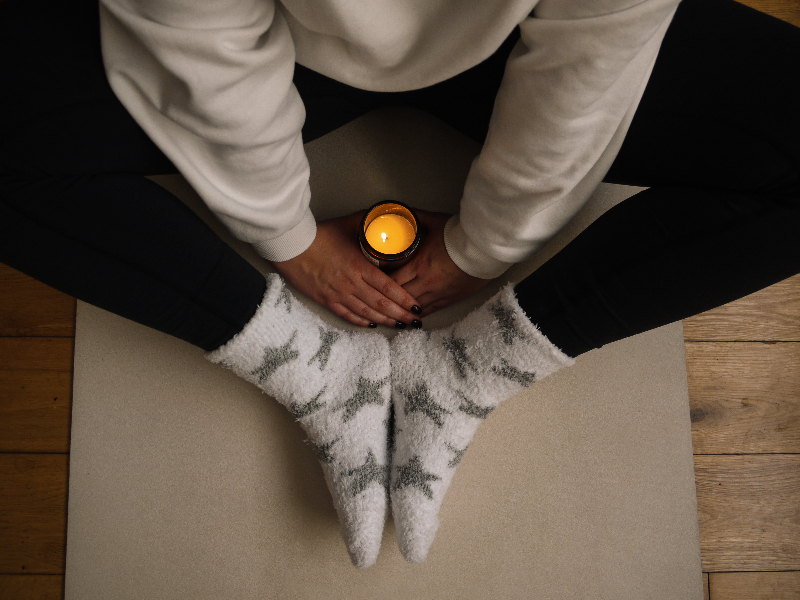Winter Mindfulness Practice: 5 Ways To Cultivate Presence This Holiday Season
When it comes to the holidays are you…
Someone who plans ahead, gets organized, and makes lists (checking it twice)?
Or are you a fly-by-the-seat-of-your-pants holiday person?
Whatever your holiday style you probably find it hard to be fully present during the holiday season. The end of the year is crunch time. Work, school, and volunteer obligations are trying to meet their end-of-the-year goals.
This can leave you feeling completely drained come December 31st.
We want you to enjoy your holidays the best you can. We know that isn’t easy, so today we’re discussing five ways to cultivate presence this holiday season.
These winter mindfulness practices aren’t that difficult but they will take practice. We hope incorporating these can help you be more present during the holidays.
What Is Mindfulness?
Mindfulness practices have been around for thousands of years in many different cultures. In the Western world, mindfulness is becoming a part of everyday life with activities like yoga and meditation being more accessible to people.
Mindfulness is described as:1,2
- Focused self-awareness
- Being conscious and aware
- Awareness of the present moment
- A mental state achieved by focusing awareness on thoughts, feelings, and bodily sensations
Being fully present and aware of the world around you is a big part of mindfulness. Once you start practicing, you reap so many benefits such as:
- Relaxation
- Learning how to manage stress
- Being fully present in the task at hand
- Increased mental and emotional resilience
- Reduce chronic pain
- Improve mental health
- Improved physical health
Studies across different areas of science show that mindfulness has a significant impact on your physical, mental, and spiritual well-being. One study examined university students and found that students who participated in regular mindfulness practice had better cardiovascular and mental health.1
There are many different ways you can become more mindful. Let’s take a look at a few that can help you.
5 Winter Mindfulness Practices
Here are five mindfulness practices to help you get through the winter and be more present during your holiday season.
1.) Change Your Mindset About Winter
Winter is the darker half of the year and for many, it can bring seasonal mood changes – and it can feel heavy. How you experience this depends on where you live and how you feel about winter. If you’re someone who doesn’t look forward to the darker months or you live in an area with a lot of snow, it can affect your outlook on the winter and the holidays.
However, the winter can also be a great time of reflection and introspection. Sometimes, the most mindful thing we can do is change our mindset. Changing your mindset about something can be hard but it’s not impossible.
Changing your mindset about winter and the darkness starts with looking at the positive aspects of the winter.
Winter is a good time for:
- Self-reflection and growth
- Setting new goals
- Be intentional with your time: slow down, say no to things that don’t serve you
- Learning a new hobby or carving out some time for an old one
If you’re prone to seasonal mood changes, now is a great time to incorporate a mindfulness practice. If you struggle with seasonal depression and feel like you need support, consider talking to a therapist who can give you extra support.
2.) Turn Off All Notifications
This one sounds super simple but in today’s society, we’re used to being connected at all times so this will take some practice. In fact, you may even feel anxious to part with your phone for a little bit.
Pick a task or something to do and get rid of all distractions while you’re doing it. Put your cell phone in another room or on the “do not disturb” setting.
The task can be anything. It can be cooking a meal, wrapping gifts, baking cookies, or spending time with family.
Really focus on what you’re doing. Be fully present.
You just simply be in the moment or you can actively be mindful about it.
You can:3
- Take notice of what you’re doing
- Take notice of what’s around you
- What do you hear?
- Engage all of your senses while you’re doing it
In today’s world, we’re wired to multitask so taking a step back on focusing on one thing can be refreshing.
3.) Focus on the process
Whatever your goal or task is, focusing on the process rather than the end goal can help you be fully present. This may sound counterintuitive but here’s how it works.
When you’re doing something with intention you should always have an end goal in mind. But once you establish that goal and you focus on the process, the end goal will come. If you’re too caught up in the end goal it can actually hinder the process.
Being fully present during the process and taking things step-by-step can help you enjoy what you’re doing, be intentional with your time, and help you get to the finish line with your goal.
4.) Guided meditations
Meditations are very popular to use in mindfulness practices. If you experience holiday stress, meditation can help you relax and manage stress better.
Meditation is a great example of focusing on the process (rather than the end goal). Many people worry they aren’t meditating correctly. But if you just let go and focus on the process, you will reap the benefits of meditation and your meditation skills will improve.
To combat the worry that you aren’t meditating correctly, guided meditations are a great place to start. Guided meditations are easy to find. You can find many free ones on channels like YouTube.
If you’re more interested in taking your meditation on the go or you want other options there are many apps about mindfulness.
Some of the most popular are:
- Headspace
- Insight Timer
- Calm
- Healthy Minds Program
You can just search your app store for meditation and mindfulness, there are many to choose from!
5.) Neurofeedback
If you haven’t heard of neurofeedback, it’s a type of brain training system that gives you information about the electrical activity of your brain so that your brain can self-regulate.
So, what does it mean to self-regulate?
NeurOptimal® neurofeedback taps into your brain’s own ability to find optimal functioning. It does this by monitoring the electrical activity of the brain via sensors on the scalp. It does this while you’re listening to music or watching a movie. Once the unit detects turbulence or unpleasant patterns, it signals the brain with a brief interruption.
That’s it.
This brief interruption brings you back to the present moment.
NeurOptimal® neurofeedback pairs well with mindfulness practices. The very essence of NeurOptimal’s® technology is to bring you back to the present moment.
NeurOptimal® neurofeedback and mindfulness both promote:
- A healthy lifestyle
- Relaxation and stress management
- Healthy sleep habits
- Focus and mental acuity
- Flexibility and resilience, which make coping with what you’re dealing with easier
NeurOptimal® can complement your current mindfulness practice and help you feel more present, calm, and relaxed during the hustle and bustle of the holiday season.
Each NeurOptimal® session is only 33 minutes long so it’s easy to incorporate into your schedule. Making it a part of your routine can help you get long-lasting benefits from it.
Adding NeurOptimal® to your winter mindfulness practice is a great way to be more present this holiday season.
Do you want to learn more about NeurOptimal’s® holiday specials?
Fill out this contact form or call us at 303- 222-5118 to hear about the current offers.
Don’t wait, these deals are only good until December 31st!
Sources
- Mindfulness and it’s Role in Physical and Psychological Health. Prazak, et al. 2011.
- Oxford Dictionary.
- Take a Moment To Be Mindful. Harvard University. 2018.

